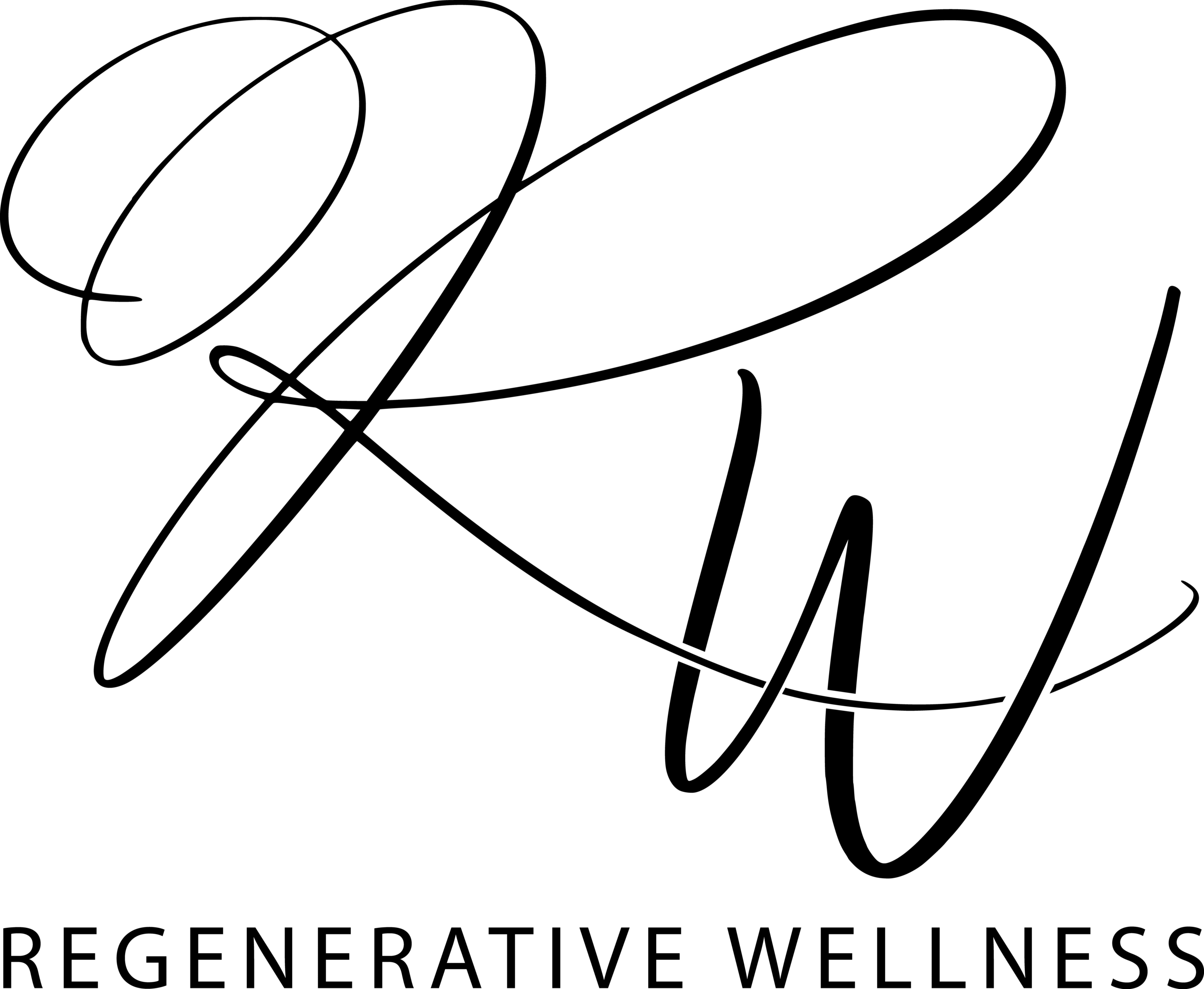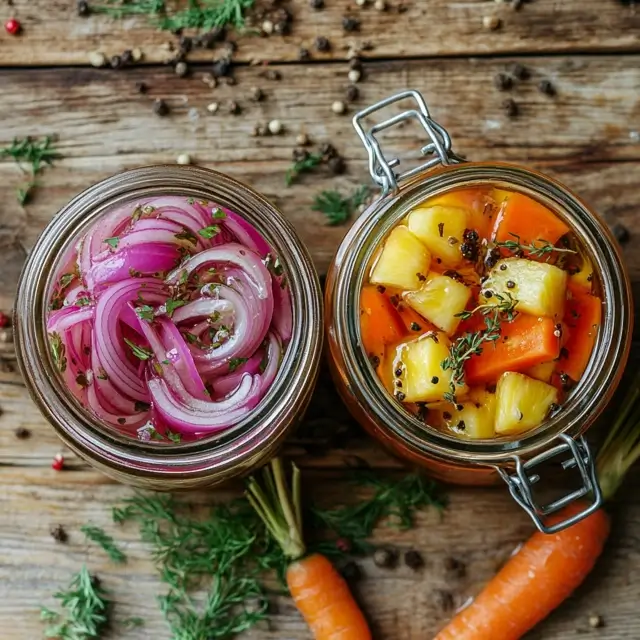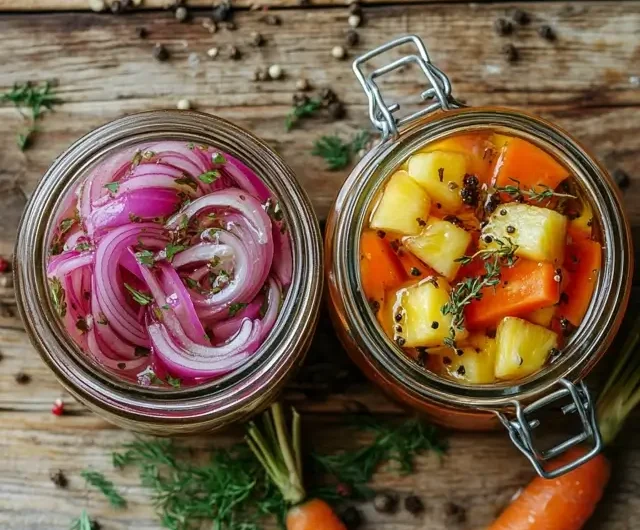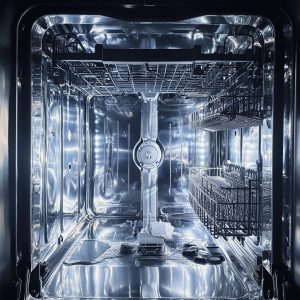Why This Matters
Pickling vs fermenting isn’t just a matter of taste—it’s about how food interacts with your body. Both methods have ancient roots in food preservation, but they work very differently:
- Pickling preserves food with vinegar or acidic brine
- Fermenting uses live bacteria to produce lactic acid and beneficial enzymes
By understanding the difference, you can choose what best supports your digestion, immune system, and overall wellbeing.
What’s the Difference Between Pickling Vs Fermenting?
While both pickling and fermenting are ancient preservation methods, they work in different ways and produce distinct health benefits and flavours.
| Feature | Pickling | Fermenting |
| Preservation Method | Vinegar + salt (acidic solution) | Natural lactic acid via beneficial bacteria |
| Microbiome Impact | No live probiotics | Rich in live probiotic cultures |
| Shelf Life | Weeks to months (refrigerated) | 1–2 months (cool storage) |
| Examples | Onions, cucumbers, beetroot | Kimchi, kefir, fermented carrots, sauerkraut |
| Health Benefits | Electrolytes, antioxidants, digestion support | Gut flora balance, improved nutrient absorption |
The Wellness Benefits
Physical
- Supports digestion, nutrient absorption, and electrolyte balance
- Reduces bloating and supports natural detox pathways
Emotional
- Fermenting encourages mindfulness and a connection to slow, seasonal living
- The vibrant, tangy flavour can lift mood and appetite
Ancestral Connection
- Embracing age-old preservation practices grounds us in nature and cultural food wisdom
Pickling vs Fermenting: Health Benefits & Recipes
10
minutes1 Jar
250ml1 Jar
500mlIngredients
- Quick Pickled Red Onions
1 red onion, thinly sliced
1 cup apple cider vinegar
1 cup water
1 tbsp sugar (optional)
1 tsp salt
1 tsp peppercorns
1 garlic clove (optional)
- Fermented Carrots & Pineapple
2 carrots, sliced
1 cup fresh pineapple chunks
1 tbsp sea salt
2 cups filtered water
1 garlic clove (optional)
Directions
- Quick Red Pickled Onions
- Heat vinegar, water, salt, and sugar in a saucepan until dissolved
- Place onions in a clean glass jar
- Pour hot mixture over onions
- Add peppercorns and garlic
- Cool, seal, and refrigerate for at least 1 hour
- Shelf life: Up to 2 weeks refrigerated
- Fermented Carrots & Pineapple
- Dissolve salt in filtered water
- Pack produce into a clean fermentation jar
- Pour in brine to fully cover contents
- Cover loosely and let ferment 5–7 days at room temperature
- Burp daily to release gas
- Refrigerate once taste is tangy enough
- Shelf Life: 1-2 months refrigerated
Notes
- How to Use
Pickled Onions: Delicious on tacos, meat dishes, salads, or roasted veg
Fermented Carrots & Pineapple: Eat as a side, gut-boosting snack, or topping for bowls and grilled meats - Always keep vegetables submerged in brine and use clean utensils to avoid contamination.
Why These Recipes Support Your Health
- Pickled foods: Deliver antioxidants, natural acids, and trace minerals for gentle digestive support
- Fermented foods: Provide living probiotics to help balance the gut microbiome and support immunity
- Both are low-carb and supportive of paleo, keto, and gut-healing lifestyles
Final Thoughts on Pickling vs Fermenting
Understanding pickling vs fermenting helps you make better choices for your health. Whether you want a quick tangy crunch or probiotic-rich nourishment, both methods offer something beautiful and beneficial.
Make these recipes part of your weekly food prep and let your gut—and tastebuds—thank you.





